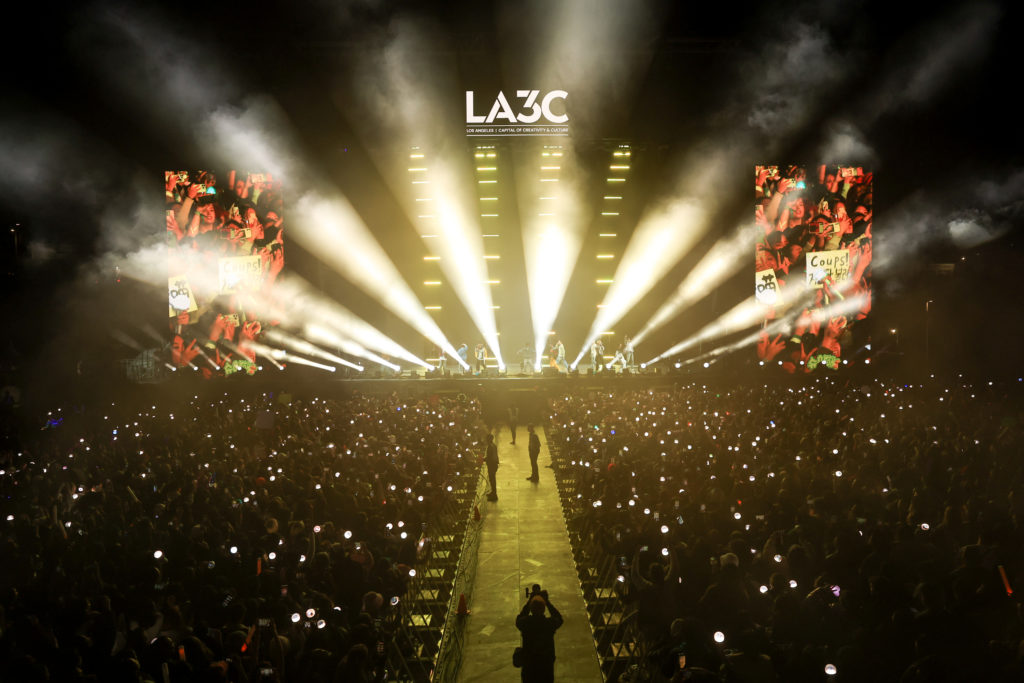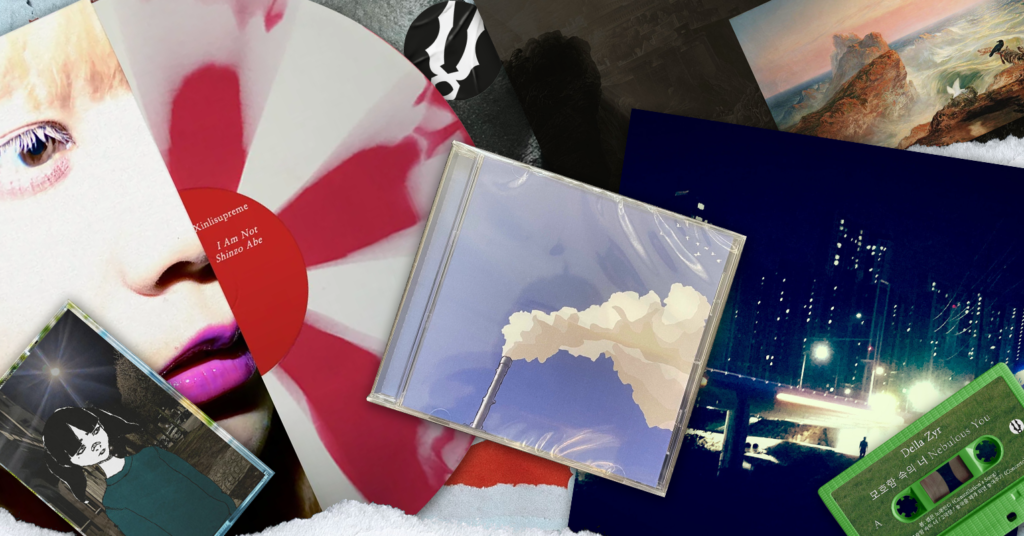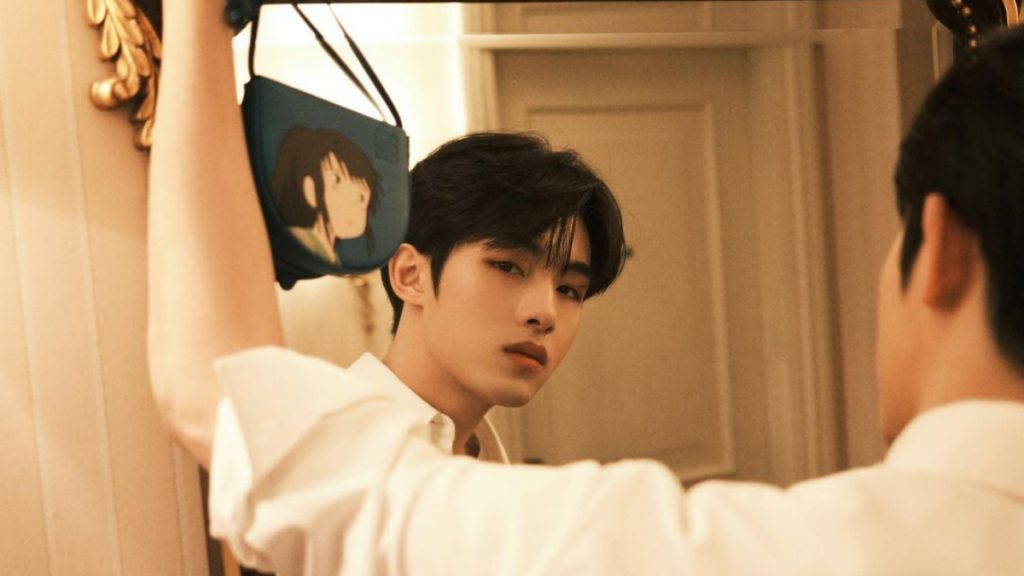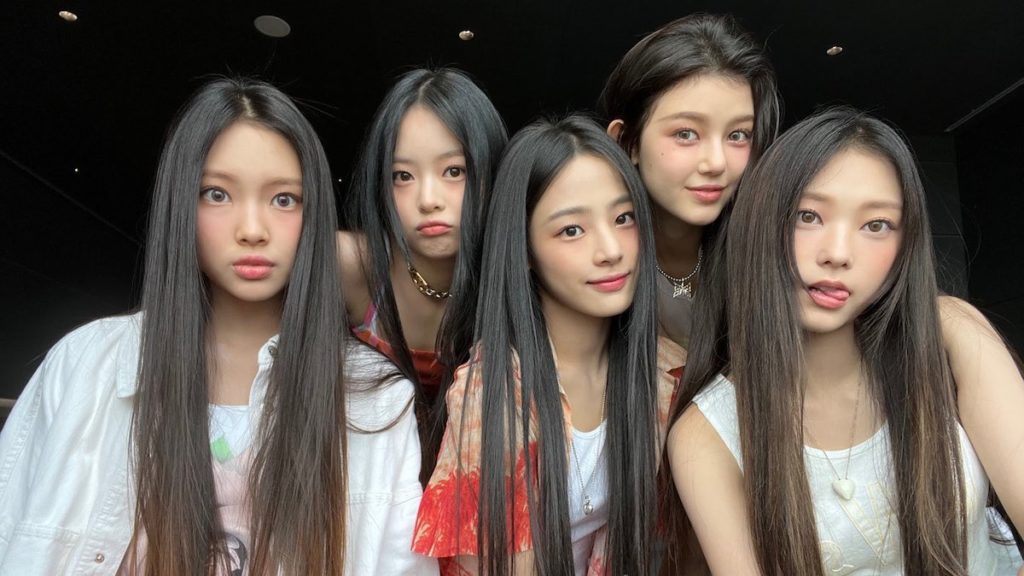My Adidas: The History of Sneaker Culture and Black American Music
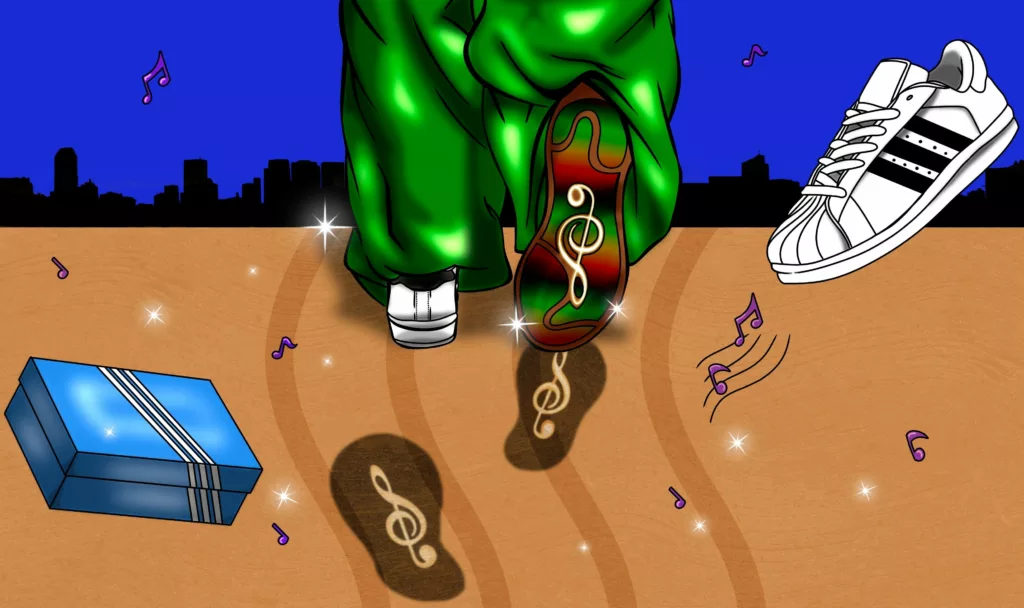
All components of an outfit are important for your creative expression and identity. But what truly completes your outfit are shoes. Among the various kinds of shoes, sneakers allow for the most individuality. In recent years, the sneaker community or “sneakerheads” have captured the attention of the media and general public. This attention came from the long lines at stores during new launches, extensive collections, national conventions, and the reselling industry. With reselling, some shoes can be worth thousands of dollars. But this industry could not have flourished without the influence of Black culture. Black Americans and artists have been pioneering sneaker culture and street style, but their influence has constantly been washed down by others. As hip-hop celebrates over 50 years of its cultural significance, let’s explore the intersection between the genre and sneaker culture.
History of the Sneaker
The first sneaker was created by the Liverpool Rubber Company in the 1830s. Originally called plimsolls, these shoes had a canvas top with a rubber sole and were originally worn by Victorians for beach outings. Throughout the latter half of the 19th century, new versions of the rubber-soled canvas shoes were developed to be more comfortable and better suited for sports activities. Later on, they were referred to as sneakers, a play on words due to their quietness compared to other types of shoes.
The sneaker as a sports shoe grew in popularity after athletes wore the shoes in the 1900 Olympics. With more and more athletes, such as Jesse Owens and Charles “Chuck” Taylor endorsing sneakers from brands like adidas and Converse, fans grew interested in donning a pair themselves, hoping to be as great as the athletes. After the heightened visibility and popularity of sports, thanks to the television, sneakers became more than a sports shoe. Now, they were associated with the athleisure lifestyle. But the sneaker would soon become a staple in fashion and music.
The Rise of Hip-Hop and Sneaker Culture
Created by Black and Latino youth and young adults in Bronx, New York, hip-hop is a cultural movement that emerged as a response to poverty, political strife, and white flight. It served as a form of self-expression to deal with the issues of living in the city, sometimes acting as a way to resolve conflict without the use of violence. While the hip-hop movement began during the late 1970s, it transitioned from an underground movement to an increasingly well-known subculture in the 1980s. A misconception that many people have about hip-hop is that it only consists of rap music. However, the movement includes other various elements, such as DJ-ing and graffiti art. One of the most important facets of the hip-hop movement was breakdancing.
Breakdancing is a form of street dance that involves popping, locking, and acrobatic and martial arts movements. This form of dance is performed on a flat surface — sometimes a cardboard box — in order to perfectly execute the dynamic moves. One of the most important aspects of breakdancing was making sure the dancers had the best shoes to perform in. Known today for their skateboarding shoes, the California-based sneaker company, Vans, originally created and marketed sneakers specifically for breakdancing.
Creation of a Sneaker Anthem
Formally known as the “Godfathers of Hip-Hop,” New York-based group Run-D.M.C. heavily influenced fashion during the 1980s. As hip-hop became increasingly popular and transitioned from underground to mainstream, Run-D.M.C. and their fashion were at the forefront of this movement. Inspired by the fashion of Black youth in New York City at the time, the trio’s iconic uniform typically comprises a Kangol bucket hat, gold chain, adidas tracksuit, and a pair of white adidas Superstars with three black stripes on the side. Taking notice of their effect on the adidas brand and a newspaper letter negatively associating wearing sneakers to felons,. To showcase their overall influence on listeners and prove that wearing sneakers doesn’t negatively affect one’s success, the group released the ultimate sneaker anthem with their 1986 single, “My Adidas.”
While performing “My Adidas” during one of their concerts at Madison Square Garden, group member Rev Run instructed audience members to take off one of their shoes and hold it in the air. Adidas executive Angelo Anastasio was stunned by the group’s influence. Soon afterwards, Anastasio met with the adidas team in Germany and the deal was sealed. This historic collaboration opened the door for future collaborations between musicians and prominent sneaker brands.
Sneaker x Black Music Collabs
Following Run-D.M.C.’s collaboration with adidas, multiple Black music artists have formed partnerships with famous sneaker brands. Rapper LL Cool J went on to partner with ‘80s hip-hop sportswear brand, TROOP, in 1986. During the ‘90s, artists such as Master P, MC Hammer, and Shock G of hip-hop group Digital Underground also collaborated with popular shoe brands. Even the King of Pop, Michael Jackson, signed a contract with LA Gear in 1990. The $20-million endorsement deal also included the release of a collection of sneakers inspired by the artist.
Entering the new millennium, as the hip-hop genre exploded, so did the number of Black artist and sneaker collaborations. Rappers such as Missy Elliot and Aminé have collaborated with brands, such as adidas and New Balance, to develop their own shoe lines. Even Vanessa and Angela Simmons, the daughters of Run-DMC member Rev Run, produced their own line of sneakers called Pastry. Now more than ever, the influence of Black artists and citizens on sneaker culture and streetwear is evident.
Looking Ahead: Community, Culture, and Black Identity
Today, sneakers are no longer just for athletes as they originally were. They have become a global icon in fashion and an extension of one’s individuality. Recent data from famed online luxury marketplace StockX shows that despite economic difficulties, there continues to be strong interest and demand for sneakers. With top brands like Nike and adidas routinely collaborating with music artists and releasing limited edition sneakers, sales are sure to increase this year as well.
Over the last decade, the sneaker community shifted from being focused on the creative and political expression of Black American youth to focusing on increasing the profits of the white-majority sneaker sellers. While it’s great to see how far the sneaker community has expanded, the erasure of Black Americans’ impact and influence within the sneaker community is worrisome. It is important for sneaker companies, consumers, and sneakerheads to continue to share the history and acknowledge the significance of the original Black sneaker influencers.
Interested in more fashion pieces from Formation? Check out five ways to feel luxurious without breaking the bank here!
